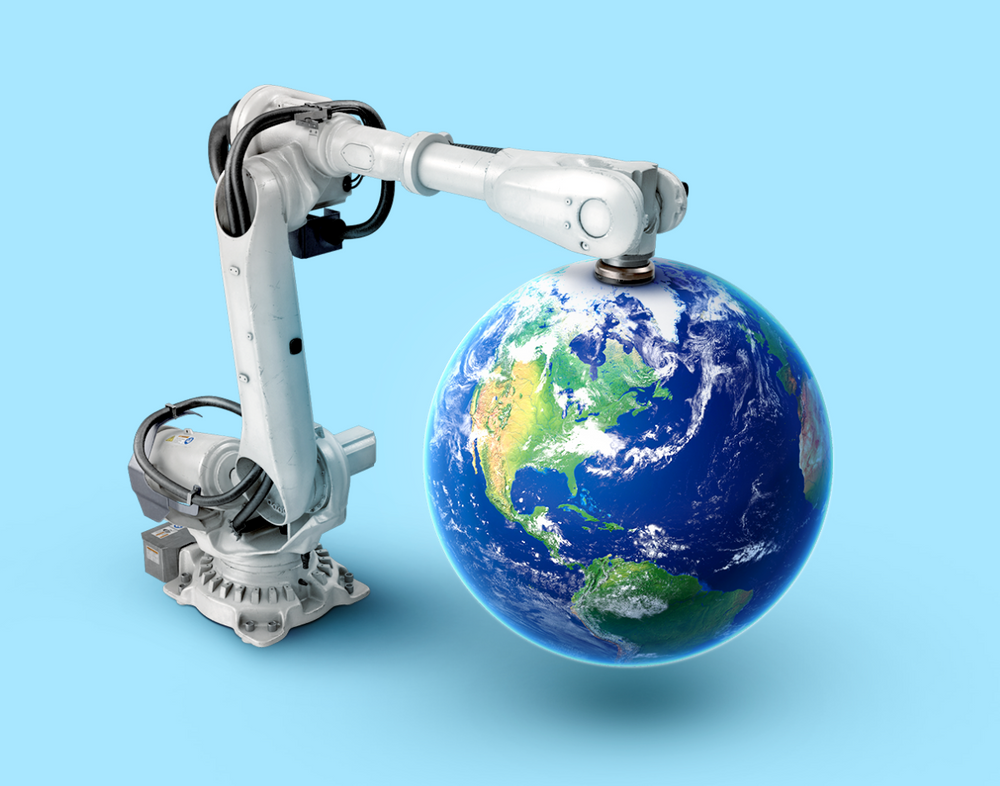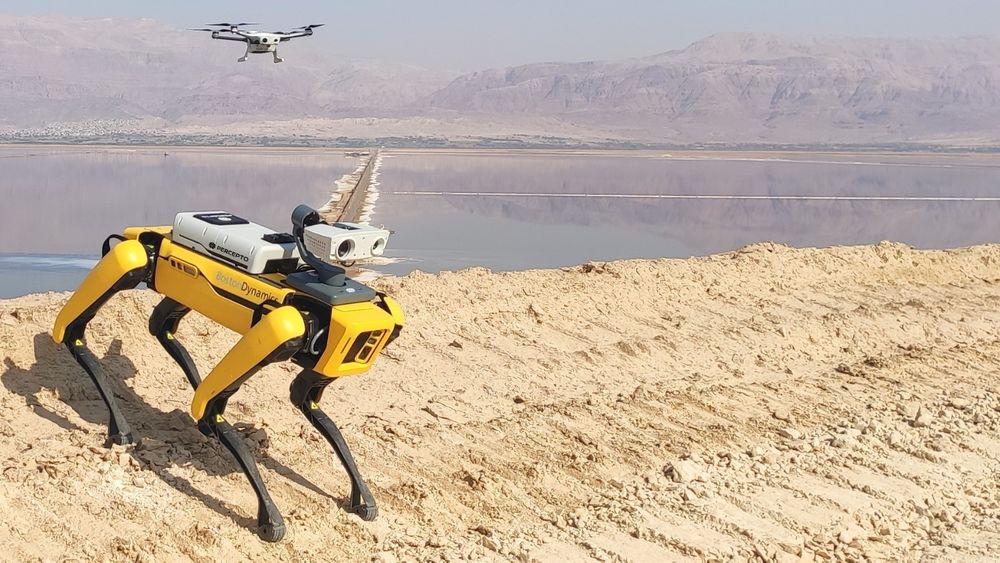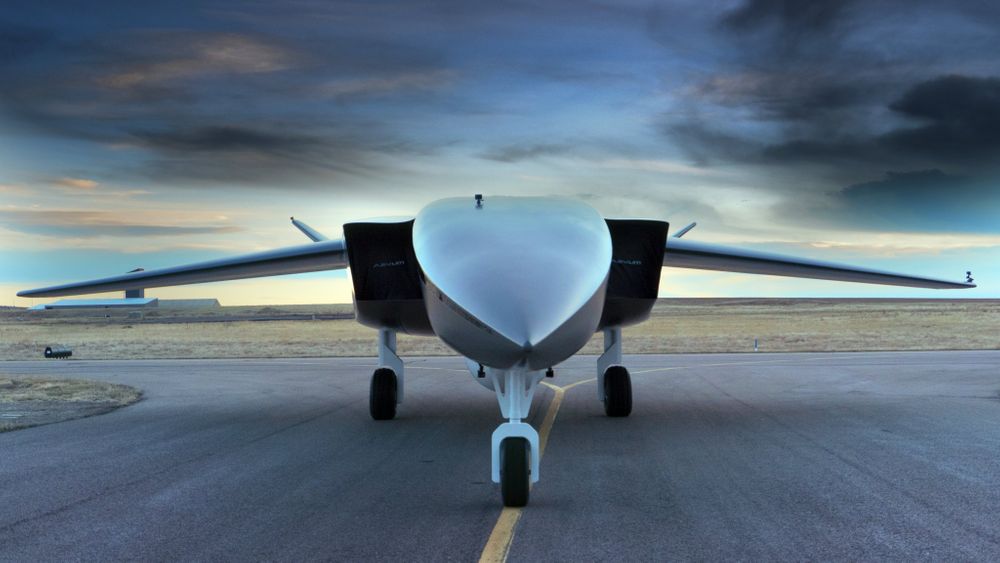|
Good morning. As the daily Brew reported today, 2020 has just over 2 million seconds left. We know that you turn to us for even more arbitrary countdowns, so without further ado: St. Patrick’s Day is in exactly 100 days.
In today’s edition:
 AI on IoT AI on IoT
 Looking Glass Looking Glass
 Funding roundup Funding roundup
—Ryan Duffy, Hayden Field
|
|

Francis Scialabba
|
Right now, deep learning architecture requires more space than a high schooler learning to parallel park.
But a team of researchers at MIT, National Taiwan University, and the MIT-IBM Watson AI Lab say they’ve figured out how to fit more AI than ever onto the simple chips that power connected devices, from medical wearables to coffeemakers.
Think of it this way
Microprocessors, which typically house large-scale neural networks, have a large memory capacity, lots of processing power, and a steep price tag. Compared to them, Internet of Things chips—or microcontrollers—haven’t even hit puberty yet.
Throwing AI into the mix: MCUNet, the researchers’ new system, aims to take a neural net and compress it onto a microcontroller while maintaining a baseline quality level.
- The research focuses on “how much AI [you can fit onto] the smallest, cheapest, lowest-powered chip,” John Cohn, IBM Fellow for the MIT-IBM Watson AI Lab, told us.
It’s not the first time researchers have explored putting AI into microcontrollers, but it’s a significant advance, says Cohn: MCUNet was more than 70% accurate on ImageNet, the popular image classification database—an improvement of 16 percentage points.
In the wild
Aspects of the tech could hit the market in as soon as a year, says Cohn.
Potential applications include: a doorbell with a condensed facial recognition model, a security system that recognizes the sounds of a break-in, a defibrillator that can better analyze an arrhythmia.
But, but, but: You knew we’d go there...What about the bias?
Lack of diversity in AI teams and data sets mean the majority of large-scale neural networks, along with any form of algorithm, has built-in bias. The potential to put these models in even more places makes addressing that issue more urgent.
- And if you pare down one of these complex models—especially one that could make judgment calls about danger—how does that change the potential for harm?
- The researchers agreed that it’s important not to “introduce new biases” during the paring-down process, but they didn’t share specifics on how they’d get there.
Bottom line: The tech is a step forward for deep learning and IoT devices. But unless diverse teams and external auditors think through the potential harms of certain applications, it's at risk of being a step back overall.
|
|

Looking Glass
|
Looking Glass Factory is less a factory, more a venture-backed holographic display startup in Brooklyn.
On Thursday, it launched the Looking Glass Portrait on Kickstarter with a $50,000 fundraising goal. The device had 6,300+ backers and $1.7+ million pledged as of Monday morning. NB: Crowdfunding campaign ≠ shipped product.
Obi-Wan Kenobi on your desktop
Portrait is what you get when you cross a photo frame with holographic content. It’s capable of standalone 3D photo/video playback, but tethering Portrait to a computer unlocks more options:
- Run apps built in Unity or other 3D engines
- Stream 3D video with Kinect or other depth-sensing cameras, including new lidar-equipped iPhones
- Interact with holographic content using a supported VR controller or hand-sensing device
Zoom out: Crowdfunding an exciting new technology...sounds like the early 2010s? Ironically, Portrait integrates with last-decade’s mixed-reality hardware that failed to gain consumer traction or faded away when the novelty wore off.
Portrait could face this fate when/if it ships. But it has early momentum. And we’re slowly doing away with mixed-reality production bottlenecks as new capture technologies are democratized across consumer devices.
|
|

|
You shouldn’t have to sift through messy data just to get your customers onboarded and ready to use your product. Spreadsheets of doom aren’t a “nifty challenge” (don’t believe what Jenny from Accounting says).
Flatfile makes the entire data onboarding process collaborative, secure, and seamless.
With just a few clicks, Flatfile’s AI-powered platform allows customers, partners, and vendors to onboard their data using collaborative workspaces and intuitive data formatting. Oh, and there’s no code required.
With Flatfile the old, clunky way of importing data is a thing of the past—no more spreadsheet templates (sorry, Jenny), emailing sensitive data files back and forth, or costly implementation services.
Don’t stall your customers at the door—usher them through with Flatfile.
Get started today.
|
|

Percepto
|
Road robots: Autonomous trucking unicorn TuSimple raised $350 million from “U.S. rail, retail, and freight giants,” TechCrunch reported last week. A couple weeks ago, middle-mile autonomous delivery startup Gatik raised a $25 million Series A.
Warehouse robots: Last Tuesday, Caja Robotics announced a $12 million Series B. The startup is developing “goods-to-person” robotic systems.
Construction robots: Canvas emerged from stealth last month with $19 million in fundraising to date. The SF startup is creating an automated robot for drywall finishing.
Industrial robots: On Thursday, ANYbotics announced a $22 million Series A. The Swiss startup makes quadruped robots vaguely resembling Boston Dynamics’s Spot. Like many Swiss tech companies, ANYbotics spun out from ETH Zurich.
Percepto raised a $45 million Series B in late November. The Israeli startup bills its industrial drones as an all-in-one solution (and Ryan flew one from his laptop). The startup is expanding from drones to robotic site inspections—and integrating the Spot robot into its offering.
|
|

Aevum
|
Stat: Last week, Alabama startup Aevum unveiled Ravn X, an 80-foot, 55,000-pound drone designed to carry satellites into low-orbit. Those specs make Ravn X the world’s largest drone by mass.
Quote: “When we reopen our stores, we look at the virus rates in each one of the local communities that we operate in, and of course also the local rules...We’ve become incredibly nimble.”—Deirdre O'Brien, Apple SVP of Retail + People, in an interview with Wired.
Read: MIT Tech Review published a breakdown of the research paper that led Google to fire AI ethics leader Timnit Gebru.
|
|

|
The impossible has happened: Forms are officially fun. And more effective than ever, thanks to Typeform. In fact, Typeforms collect over 18% more data than other solutions and can even be used for onboarding or product recommendation systems. Experience the future of forms for yourself, right here.
|
|
-
Three U.S. reps introduced the STABLE Act, a bill that would require any stablecoin issuer to obtain a banking charter. The crypto community roundly criticized the proposal, saying it would hinder stablecoin development.
-
China’s leading quantum research group has declared quantum supremacy.
-
Waymo is opening a testing site in the Buckeye State to simulate driving in a dense, urban, and snowy environment.
-
TikTok’s sale deadline came and went with no deal.
-
Elon Musk is reportedly planning a move to Texas. He’d be closer to Tesla’s new factory and, of course, wouldn’t have to pay state income tax.
|
|
THREE THINGS WE'RE WATCHING
|
|
Today: Finland’s parliament is expected to approve a security law that would exclude Chinese 5G equipment vendors. Nokia, which stands to benefit from Western nations banning Huawei, is headquartered outside of Helsinki. And neighboring Sweden is home to Ericsson.
Wednesday: Peloton holds its annual general meeting. The connected fitness company has seen demand for its products soar during the pandemic. How is it coping with supply chain issues and an order backlog? Is Peloton planning more initiatives (like the Beyoncé partnership) that could draw new users in and keep existing customers on the edge of their bike seat?
All week: NeurIPS is taking place virtually. Every year, this premier AI conference sheds light on the field’s breakthrough research. We’ll keep tabs on which universities, countries, and corporate labs this year’s top minds hail from.
|
|
|
For space rocks: A capsule safely delivered the first significant asteroid samples from space to Earth, landing in the Australian outback.
For a trip down memory lane: Remember when these were the latest and greatest iPhone apps?
|
|
|
Catch up on the top Emerging Tech Brew stories from the past few editions:
|
|
|
Written by
@ryanfduffy and @haydenfield
Was this email forwarded to you? Sign up here.
|
ADVERTISE // CAREERS // SHOP
Update your email preferences or unsubscribe here.
View our privacy policy here.
Copyright ©2020 Morning Brew. All rights reserved.
40 Exchange Pl., Suite #300, New York, NY 10005
|
|










